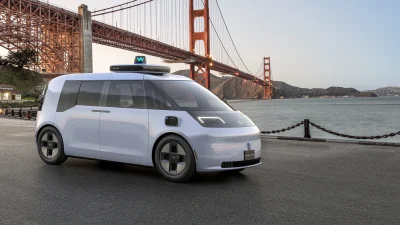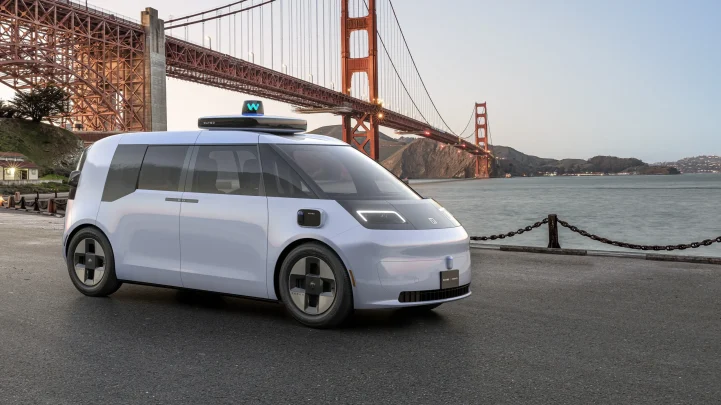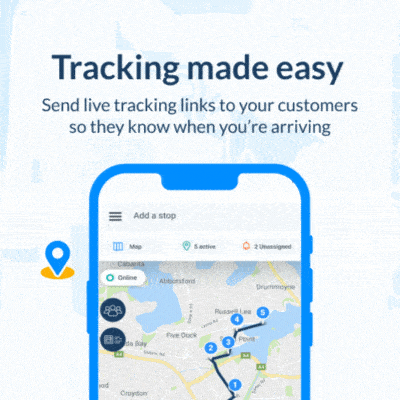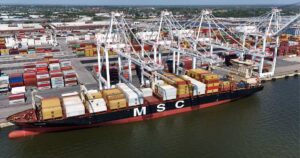Waymo, an autonomous self-hailing service, is accelerating ahead while its competitor, the General Motors-owned Cruise, faces regulatory setbacks and safety challenges.
While Waymo is ‘cruising’ full speed ahead, Cruise has scaled down its multi-city approach, recalled nearly 1,000 robo-taxis, and paused all public road operations. The contrast between the two companies highlights the complexities and ever-changing successes of autonomous transportation.
Waymo’s progress
Waymo was founded in January 2009, to “improve everyone’s access to mobility while saving thousands of lives now lost to traffic crashes,” as per the company’s mission statement.
Formerly known as the Google self-driving car project and now an independent subsidiary of Alphabet, Waymo expanded its services to the metro Phoenix area in 2018. Another expansion to San Francisco followed in 2022.
Speaking to CNBC, Waymo’s chief product officer, Saswat Panigrahi, says years of research went into getting the company to this point. “The amount of simulation we have had to do […] has taken a decade. It took Google’s level of infrastructure.”
Panigrahi adds: “You need incredible infrastructure capability because even if you had the AI capability, without the infrastructure, it’d be very hard to bring that skill to bear – a decade of investment into AI before AI was cool.”
Cruise’s regulatory hurdles
Cruise has faced several setbacks, including potential fines and sanctions in California. The company failed to disclose details of an accident and was subsequently summoned to appear at a hearing scheduled for February 6, 2024.
California’s Public Utilities Commission said Cruise’s account of the incident is said to be misleading in that it withheld vital information for 15 days.
In addition, the company also misled the California Department of Motor Vehicles (DMV) into thinking the video provided in the initial report showed the full extent of the incident. Cruise has since removed its initial reporting of the matter from its website, “out of respect to ongoing regulatory engagement.
ALSO READ: Cruise revises strategy amidst autonomous driving challenges
To further muddy the waters, Cruise co-founder and CEO Kyle Vogt announced his resignation in November. Vogt was replaced by Mo Elshenawy, after which the company paused production of its custom-built Origin shuttle, and halted robo-taxi operations in the US.
Autonomous vehicles not the problem
A report published by the SF Examiner shows how most accidents involving autonomous vehicles (AVs) were determined to have been caused by other drivers.
This was the case with Cruise’s accident, when a human-driven vehicle struck a pedestrian. The impact caused the pedestrian to fall into the path of a driverless Cruise AV. The vehicle engaged in a hard-braking maneuver but still collided with and struck the pedestrian.
However, the California DMV is also notoriously bad at tracking AV accidents. In fact, it hasn’t published any at-fault data for collisions for the last four years. This despite the recent massive boom in self-driving vehicles on Californian streets.
The SF Examiner says: “Since late 2019, public records haven’t included who was deemed liable for the growing number of collisions involving autonomous vehicles.”
According to the data available, “225 of 226 crashes involving AVs in California from 2014 to 2019 reported at-fault information to the DMV. Of those incidents, the human-driven vehicle was at fault 82% of the time,’ the SF Examiner states.
What sets Waymo apart
Panigrahi says at Waymo, there are no shortcuts. He says using autonomous ride-hailing services is not the same as talking to an AI-powered chatbot. And that perception makes all the difference.
“I mean, this is not a question you’re asking an app or a web page, which is giving you an answer. This is a multi-thousand pound vehicle that’s moving through the physical world – yes, it’s an application of AI but a very different kind of application of AI,” Panigrahi explains.
He says Waymo was the first company to release its safety framework publicly – the “mechanism by which we test the performance of our system and how we determine when we’re ready to deploy. In addition, the company has “a very open dialogue” with regulators.
While Waymo’s steady and calculated approach is yielding results, Cruise’s difficulties serve as a cautionary tale about the complexities of letting autonomous vehicles roam public roads.
That said, Waymo’s success story sets an optimistic tone for the future of autonomous transportation.
Share this article
About the author
Cheryl has contributed to various international publications, with a fervor for data and technology. She explores the intersection of emerging tech trends with logistics, focusing on how digital innovations are reshaping industries on a global scale. When she's not dissecting the latest developments in AI-driven innovation and digital solutions, Cheryl can be found gaming, kickboxing, or navigating the novel niches of consumer gadgetry.














